Examining over 100 years of flight automation and the history of the autopilot
Aerotime
APRIL 3, 2025
As the French mechanic slid himself along the wing of the aircraft, shifting its center of gravity, the aircraft became unbalanced. Sperrys autopilot system became particularly popular during the 1920s and 1930s as airline transport took off and people began to travel more and further afield.

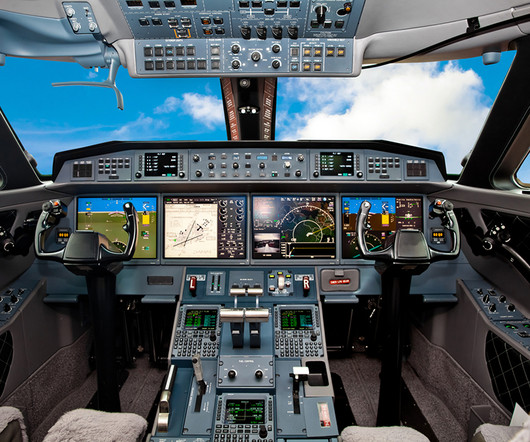
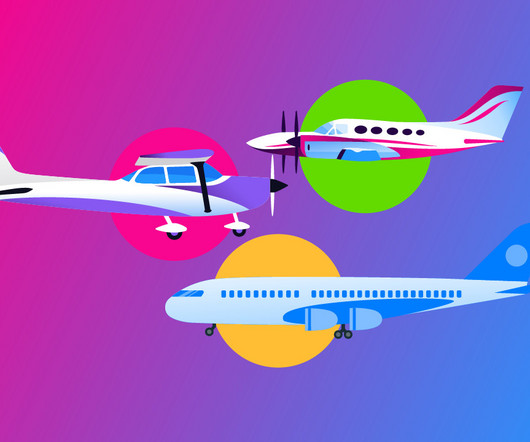



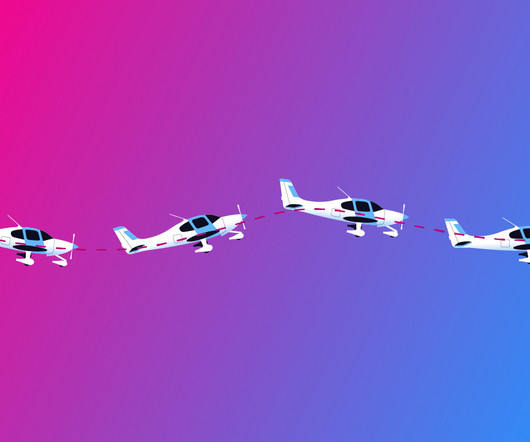

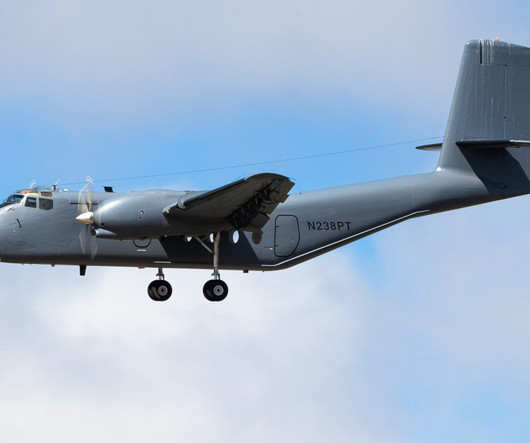
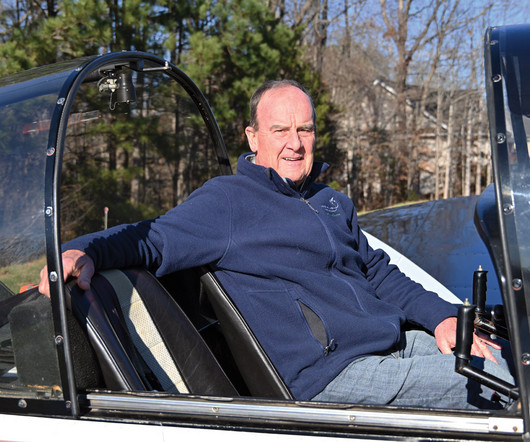

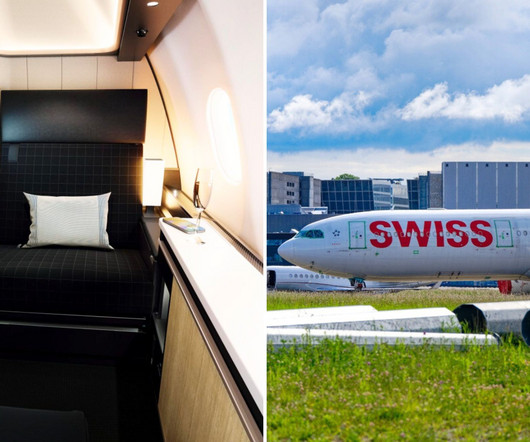

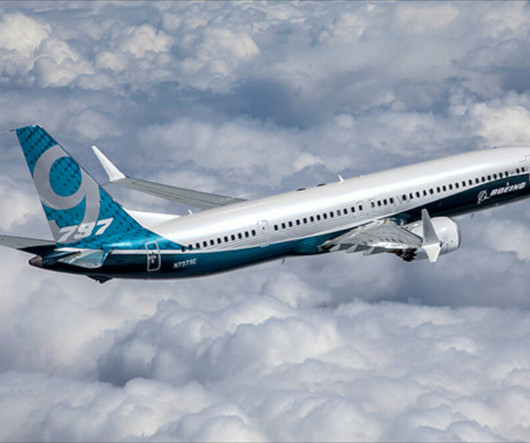

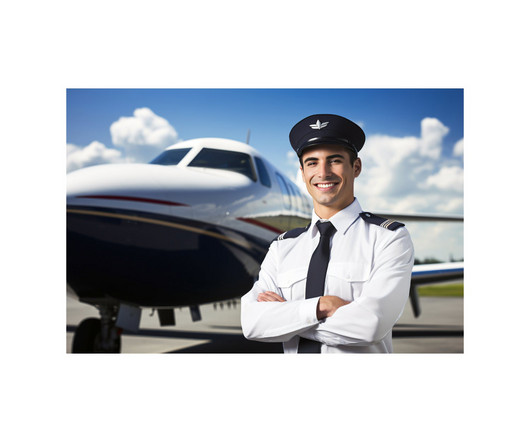










Let's personalize your content